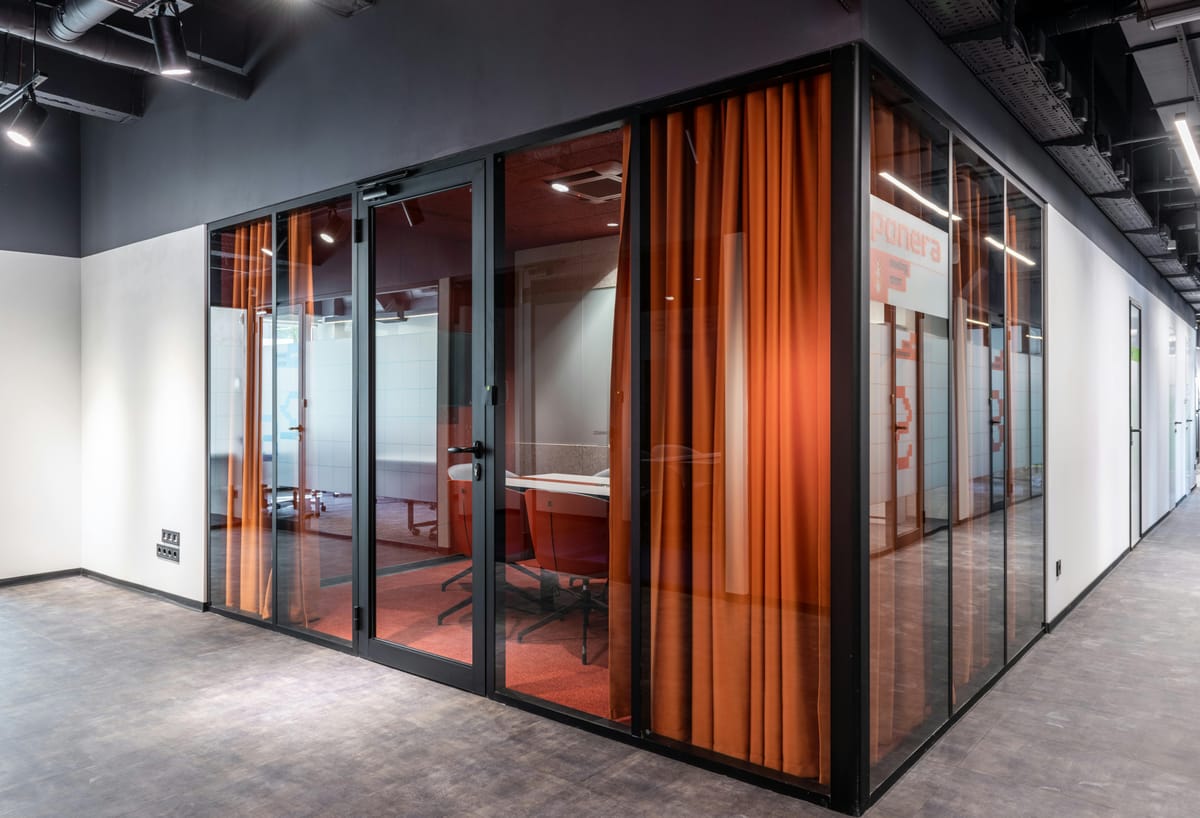Sometimes the traditional org chart can be a blocker to UX culture.
Mindset shift:

Sometimes the traditional org chart can be a blocker to UX culture. I am not proposing that all orgs that want to do UX correctly must be “flat,” (which can pose its own cultural challenges). However, the traditional organizational structure means that frequently metrics from business and technology leadership drive KPIs and guide solutions before they even reach UX teams. On the other side of the equation, UX culture has created a kind of animosity toward business operations, opposing mandates from business and technology power centers on principle, stating that they interfere with user needs. Advocating for the user can sometimes become a zeal that won’t admit reason.
Mindset shift:
On the business side, the traditional hierarchy must include ways of working that give the UX team a seat at the table and keeping those closest to the work, nearestkeep to the decisions being made.
User Experience professionals must also learn to drive business objectives, otherwise how would any of us get paid? The trick is not to exclude business because they oppose user needs. The trick is that we must lead in teaching the organization to match user needs to business needs. That is where the magic is.
Above all — -it isn’t about org charts and policies. It’s about power and people. Authentic power comes from authentic humans connecting to achieve goals together. Never treat another org — -Engineering, Marketing, Business, whatever — -as an opponent or adversary. Always think of them as human partners without whom you can do no good.




